Your dream of a Canadian life could be closer than you think. Did you know that over 62,410 international students transitioned to permanent residency in Canada last year?
If you’re an international student looking to make Canada your permanent home, understanding the Canada PR requirements is your gateway to a bright future.
Canada’s welcoming immigration policies, world-class educational institutions, and diverse job opportunities make it an ideal destination for students aspiring to build their careers and lives in a new country.
As a student, you’re uniquely positioned to use your Canadian education and work experience towards meeting the Canada PR eligibility criteria. From gaining work experience through the Post-Graduation Work Permit (PGWP) to enhancing your language skills, every step you take during your studies can contribute to your PR application.
This blog will explore the Canada PR requirements for Indian students, the documents required for Canada PR, and insider tips on navigating the application process.
Choose your dream country
When do you want to study abroad?
What's your highest level of education?
Select you current city
How Leap will help you
Personalised University Shortlist
Express Applications with Quicker Admits
End-to-End Application Support
Whether you're from India or another part of the world, this guide will help you understand how to turn your student visa into permanent residency, opening doors to endless opportunities in Canada.
Dive in for more information!
Key Highlights
Here are the main points you will discover in this blog post about Canada PR visa requirements.
| Aspect | Details |
| Benefits of Canada PR | Right to live, work, and study anywhere in Canada Access to healthcare Eligibility for citizenship |
| Canada PR Eligibility | Determined by factors such as: Age EducationWork experience Language proficiency. |
| Points System | Candidates must score at least 67 points in categories like: Education Language skills Work experience |
| Language Proficiency Requirements | IELTS (6 or above) CLB level 7 or higher |
| Canada PR Visa Requirements | Valid passport ECA report Police clearance certificates Language test results |
| Canada PR Application Fee | Fees include INR 92.1K (CAD 1,525) for the primary applicant Additional fees for dependents |
| Processing Time | Typically around six months for Express Entry |
| Different PR Pathways | Express Entry PNPs Family Sponsorship Business immigration programs |
What is a Canada PR Visa?
A Canada PR (Permanent Resident) visa allows you to reside in Canada indefinitely. It’s distinct from citizenship but offers several similar rights. You can live, work, and study anywhere in Canada as a PR holder.
You can also access most social benefits, including healthcare coverage under the Canadian healthcare system. For students, a Canada PR visa is particularly advantageous. It allows you to pay domestic tuition rates which are significantly lower than the tuition fees for international students.
Additionally, as a PR holder, you can work part-time during your studies and full-time during scheduled breaks, gaining valuable Canadian work experience. After graduation, you may be eligible for the Post-Graduation Work Permit (PGWP), allowing you to work in Canada for up to three years.
This experience is crucial as it can enhance your application for Canadian citizenship, which you can apply for after living in Canada for at least three years out of the last five as a PR.
Why is Canadian PR So Popular Among Indians?
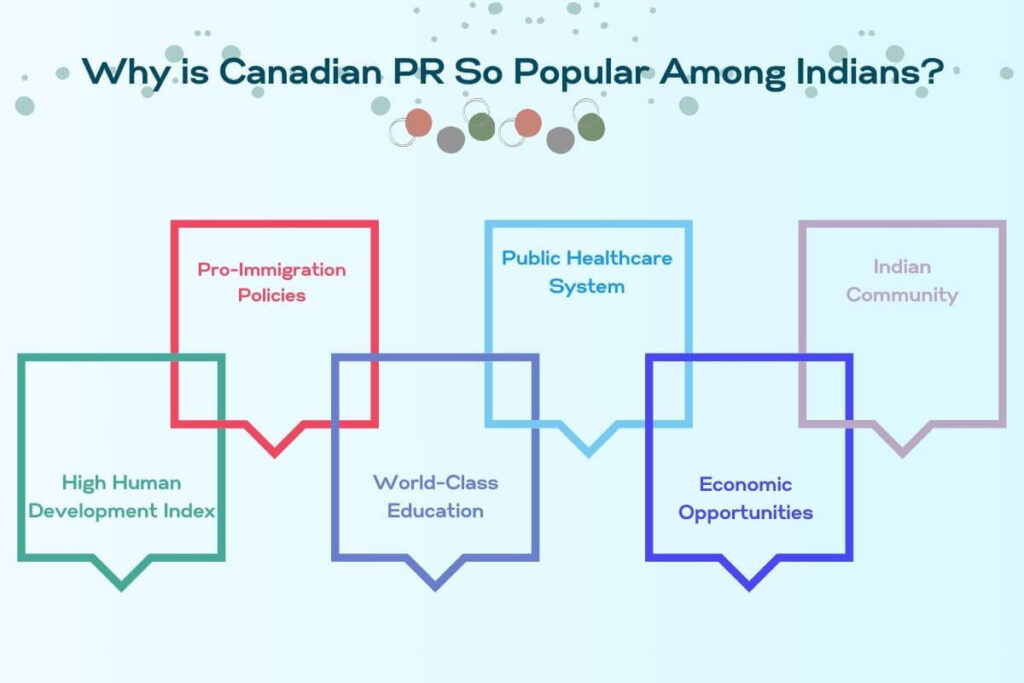
According to the World Happiness Report 2024, Canada ranks 15th globally for happiness. This ranking reflects Canada's excellent healthcare system, educational opportunities, and clean environment.
The country offers a safe, multicultural society with a high standard of living. Canada's Permanent Resident (PR) visa is highly attractive to Indians like you for several such reasons, making it a preferred choice for you if you are seeking to immigrate.
Here are a few reasons why Canada has become such a popular choice.
- High Human Development Index (HDI)
Canada is in the "Very High" tier of the Human Development Index, which measures life expectancy, education, and per capita income. Alberta, for instance, scores particularly high, highlighting the province's quality of life, educational infrastructure, and healthcare system.
- Pro-Immigration Policies
The country’s immigration policies are designed to attract skilled professionals and students. The Express Entry system, which manages PR applications, ranks you based on factors like age, education, work experience, and language proficiency. This makes it easier for you to meet the Canada PR requirements.
- World-Class Education
Canada is home to several top universities, with six institutions ranking in the top 120 in the QS World University Rankings 2025. These include renowned universities like the University of Toronto, the University of British Columbia, and McGill University, which offer high-quality education and extensive research opportunities.
- Public Healthcare System
Canada’s healthcare system is publicly funded, ensuring all residents can access necessary medical services without substantial costs. This universal healthcare system is a significant advantage, providing peace of mind and financial security.
- Economic Opportunities
Canada has a stable economy with a high per capita income of $53,371, as reported by the World Bank. This economic strength supports a good quality of life and offers numerous job opportunities across various sectors, including technology, healthcare, engineering, and more.
- Indian Community
Canada has a vibrant and growing Indian community, which makes up over 18.6% of the country's immigrant population. Between 2013 and 2023, the number of Indians immigrating to Canada rose from 32,828 to 139,715, an increase of 326%.
As you consider joining this thriving community, it's essential to understand the Canada PR requirements. Obtaining permanent residency involves meeting specific points requirements that evaluate your eligibility based on factors like age, education, work experience, and language skills.
Also Read: Study in Canada After 12th: Courses, Eligibility, and Admission Process
Achieving a competitive score is crucial for receiving an Invitation to Apply (ITA) for PR, whether through the Express Entry system or Provincial Nominee Programs (PNPs).
Familiarising yourself with these criteria can significantly enhance your chances of securing a successful application and starting a new life in Canada.
Key Points Requirements for Canada PR
Understanding the Canada PR requirements is crucial for anyone aspiring to immigrate to Canada. The immigration system uses a points-based approach to evaluate and rank you, which is vital in determining permanent residency eligibility.
This system assesses several key factors, including age, education, work experience, and language proficiency, assigning points to each aspect.
Key terms to know include the Comprehensive Ranking System (CRS), which assigns points based on these factors, and the Express Entry system, a primary pathway for skilled workers to gain PR.
Achieving a high CRS score increases your chances of receiving an Invitation to Apply (ITA) for PR. If you are applying through the Federal Skilled Worker Program, meeting the minimum 67-point requirement on the selection grid is a critical first step.
This section will summarise these key concepts and everything you need to know.
1. Immigration Point System
Canada's immigration system evaluates you using a points-based approach. This system is part of the Express Entry program, which ranks candidates in a pool and invites the highest-scoring individuals to apply for PR.
You are awarded points based on age, education, work experience, language proficiency, and adaptability.
2. Score 67 Immigration Points
To be eligible under the Federal Skilled Worker Program, which is one of the main streams of the Express Entry system, you must score at least 67 out of 100 points on a selection grid.
This grid assesses the following six factors.
| Factor | Details |
| Age | Maximum Points: 110 (without spouse) Points decrease as age increases Highest points awarded to applicants aged 20-29 |
| Education | Maximum Points: 150 (without spouse) Secondary diploma: 30 points Post-secondary diploma (1-2 years): 90 points Bachelor’s degree: 120 points Two or more certificates, diplomas, or degrees: 128 points Master’s or Ph.D.: 135 points |
| Work Experience | Maximum Points: 80 (without spouse) 1 year: 40 points 2-3 years: 53 points 4-5 years: 64 points 6 or more years: 80 points |
| Language Skills | Maximum Points: 136 (without spouse) CLB 4 or below: 0 points CLB 5-6: 6-8 points per ability CLB 7-8: 16-22 points per ability CLB 9 and above: 29-31 points per ability |
| Arranged Employment | Maximum Points: 200 Senior management (NOC 00): 200 points Other skilled positions (NOC 0, A, B): 50 points |
| Adaptability | Maximum Points: 10 Includes previous work or study in Canada Having family members in Canada |
3. CRS Score Requirements
In addition to the 67-point requirement, you must score competitively on the Comprehensive Ranking System (CRS).
The CRS ranks candidates in the Express Entry pool, with scores based on core factors such as age, education, language ability, and Canadian work experience.
The CRS score varies with each draw, but a higher CRS score typically increases the likelihood of receiving an invitation to apply (ITA) for PR.
Beyond achieving a high CRS score, it's essential to consider the different routes to apply for Canada PR. Canada offers multiple pathways, including the Express Entry system, Provincial Nominee Programs (PNPs), and family sponsorship, each with unique Canada PR requirements.
Exploring these routes can help you identify the most suitable option based on your qualifications and circumstances, enhancing your prospects for permanent residency.
Also Read: Top 10 MBA Colleges in Canada for Indian Students with Fees
8 Different Routes to Apply for Canada PR
Canada is planning to welcome 5,00,000 new immigrants by 2026! The country offers diverse pathways for obtaining permanent residency. For international students like you, understanding the Canada PR requirements for each immigration route is crucial in transitioning from temporary status to permanent residence.
Each immigration pathway, from the Express Entry system to Provincial Nominee Programs (PNPs), has unique criteria and benefits.
This section will help you understand the various options and identify the best route to apply for Canada PR.
1. Express Entry System
The Express Entry system is a primary route for skilled workers to obtain Canada PR. It manages applications under three main programs, which are listed below. :
- Federal Skilled Worker Program (FSWP): This program is for skilled workers with foreign work experience who meet specific criteria for education, language ability, and work experience.
- Federal Skilled Trades Program (FSTP): This one is for skilled tradespeople in specific occupations with job offers or certification in Canada.
- Canadian Experience Class (CEC): This class is for individuals with recent Canadian work experience in managerial, professional, or technical roles.
2. Provincial Nominee Program (PNP)
The PNP allows Canadian provinces and territories to nominate individuals for Canada PR based on their needs. Each province has its criteria and streams targeting workers with skills, experience, or job offers that align with the local labour market.
A provincial nomination can add 600 points to your CRS score, significantly improving your chances of meeting the Canada PR requirements under the Express Entry system.
3. Family Sponsorship
The Family Sponsorship program allows Canadian citizens and PR holders to sponsor relatives for Canada PR. Eligible sponsors can bring spouses, common-law partners, dependent children, parents, and grandparents to Canada.
Sponsors must meet specific income thresholds, which vary based on family size and include their household and the sponsored individuals.
For example, a family of four must have a minimum annual income of approximately INR 40.2L (CAD 66,466). Additionally, sponsors are financially responsible for the sponsored family member for 3 to 20 years, depending on the relationship, ensuring they do not require social assistance during this period.
4. Business Immigration
Canada offers several business immigration programs for you if you can contribute economically by starting or investing in businesses. Learn more below.
- Start-Up Visa Program: This program is for entrepreneurs with innovative business ideas who have the support of a designated organisation in Canada.
- Self-Employed Persons Program: It is for individuals with relevant experience in cultural activities or athletics who can significantly contribute to Canadian society.
5. Atlantic Immigration Pilot Program (AIPP)
The AIPP targets skilled workers and international graduates who wish to live and work in the Atlantic provinces. To qualify, you must have a job offer from a designated employer in Nova Scotia, New Brunswick, Prince Edward Island, or Newfoundland and Labrador.
This program also includes settlement plans to help newcomers like you integrate, meeting the Canada PR requirements for community-focused settlement.
6. Rural and Northern Immigration Pilot (RNIP)
This pilot program encourages immigration to smaller communities in rural and northern Canada. You must have a job offer from an employer in a participating community and meet specific community requirements, including a settlement plan.
This route addresses local labour needs and is part of the Canada PR requirements for rural immigration.
7. Agri-Food Immigration Pilot
The Agri-Food Immigration Pilot is designed to meet the labour needs of the Canadian agri-food sector. It targets experienced workers in meat processing, mushroom production, and greenhouse cultivation.
You must meet industry-specific Canada PR requirements, including work experience and job offers in the agri-food sector.
8. Quebec-Selected Skilled Workers
Quebec has its own immigration criteria and selection process. You must obtain a Quebec Selection Certificate (Certificat de sélection du Québec, CSQ) before applying for PR through the federal government.
This program has unique Canada PR requirements, including language proficiency in French and qualifications that meet Quebec's economic needs.
Also Read: A Guide to SDS and Non-SDS Canada Visa Application: Top 5 Universities & Documents
Canada PR Application Fee
Exploring the financial aspects of applying for permanent residency in Canada is crucial, as application fees are a significant component of the overall cost. The Canada PR application fee, a key part of the Canada PR requirements, is approximately INR 82.3K (CAD 1,365) for a primary applicant.
The table below outlines the costs of applying for Canada PR, including fees for various immigration categories and additional expenses.
| Category | Canada PR Application Fee |
| Business Immigration | |
| Processing Fee | INR 1.4L (CAD 2,385) |
| Processing Fee for Spouse | INR 92.1K (CAD 1,525) |
| Processing Fee for Child | INR 15.6K (CAD 260) per child |
| Right of Permanent Residence Fee | INR 34.6K (CAD 575) |
| Economic Immigration | (includes Express Entry) |
| Processing Fee | INR 92.1K (CAD 1,525) |
| Processing Fee for Spouse | INR 92.1K (CAD 1,525) |
| Processing Fee for Child | INR 15.6K (CAD 260) per child |
| Right of Permanent Residence Fee | NR 34.6K (CAD 575) |
| Others | |
| IELTS Fees | INR 15.3K (Approx. CAD 254) |
| Medical Tests | INR 7.4K (Approx. CAD 123) |
| Police Verification | INR 965 (Approx. CAD 16) |
Here are a few notes to keep in mind.
- Right of Permanent Residence Fee (RPRF): This fee is payable only if the application is successful and is refundable if the application is rejected or withdrawn.
- IELTS Fees: Fees for the IELTS exam are required to demonstrate language proficiency.
- Medical Tests: Fees for required medical examinations to ensure that the applicant has no health conditions that could make them inadmissible.
- Police Verification: Costs for obtaining police clearance certificates, which are necessary to prove that the applicant has no criminal record.
- Other Documentation: Includes costs for document translations, notarisation, and other administrative processes, which can vary widely.
Canada PR Application Processing Time
Understanding the Canada PR application processing time is crucial for you, as it helps them plan their immigration journey and manage their expectations. The processing time varies depending on the immigration pathway, such as Express Entry, Provincial Nominee Programs (PNPs), or family sponsorship.
On average, the processing time for Express Entry applications is around six months, while other pathways may take longer.
Factors such as the completeness of the application, the volume of applications received, and specific program requirements can impact the processing timeline. Being informed about these timelines helps you prepare adequately and ensures a smoother transition to life in Canada.
Below are estimated processing times for different PR pathways.
| Immigration Pathway | Estimated Processing Time |
| Express Entry System | |
| Federal Skilled Worker Program (FSWP) | Approximately 6 months |
| Federal Skilled Trades Program (FSTP) | Approximately 6 months |
| Canadian Experience Class (CEC) | Approximately 6 months |
| Provincial Nominee Program (PNP) | |
| All Streams | 6 to 19 months (including provincial and federal processing) |
| Family Sponsorship | |
| Spousal Sponsorship | Approximately 12 months |
| Parent and Grandparent Sponsorship | 20 to 24 months |
| Business Immigration | |
| Start-Up Visa Program | 12 to 16 months |
| Self-Employed Persons Program | 24 to 36 months |
| Atlantic Immigration Pilot Program (AIPP) | Approximately 6 to 12 months |
| Rural and Northern Immigration Pilot (RNIP) | Approximately 12 to 18 months |
| Agri-Food Immigration Pilot | Approximately 12 to 18 months |
| Quebec-Selected Skilled Workers | 15 to 17 months (federal processing after CSQ) |
Here are some factors which might affect processing times.
- Completeness of Application: Ensure all required documents are provided to avoid delays.
- Background Checks: Thorough checks can extend processing times.
- Medical and Police Clearances: Delays in obtaining these can impact the timeline.
- Application Volume: High volumes can lead to longer processing times.
Language Proficiency Requirements
A study by Statistics Canada found that language proficiency significantly impacts an immigrant's income. Specifically, tested language ability was found to be as important as pre-landing Canadian work experience in predicting earnings.
This indicates that strong language skills can lead to better economic outcomes for immigrants in Canada. The statistic highlights the critical role that language skills play in the Canadian immigration process.
Understanding the language proficiency requirements is essential for you, as it significantly impacts eligibility and scoring under systems like Express Entry.
Proving proficiency in English or French through recognised tests such as IELTS, CELPIP, or TEF meets the Canada PR requirements and enhances your integration and success in Canada.
This section will detail the necessary benchmarks and how to achieve them, ensuring you're well-prepared to meet the language criteria for your Canada PR application.
1. Accepted Language Tests
Canada recognises several language tests for PR applications. Here are the recognised tests you need to qualify for Canada PR requirements.
- CELPIP (Canadian English Language Proficiency Index Program): Measures proficiency in English.
- IELTS (International English Language Testing System): Another accepted test for English.
- TEF (Test d'évaluation de français): For those demonstrating proficiency in French.
2. Evaluation Criteria
The table below outlines the minimum Canadian Language Benchmark (CLB) levels required for English and French language proficiency in each language skill.
These benchmarks are necessary to qualify for points under the language proficiency category in the Canada PR application process.
| Language Skill | Minimum CLB/NCLC Level | Equivalent Scores |
| Speaking | CLB 7 NCLC 7 | IELTS: 6.0 TEF: 310 (Production orale) |
| Listening | CLB 7 NCLC 7 | IELTS: 6.0 TEF: 249 (Compréhension orale) |
| Reading | CLB 7 NCLC 7 | IELTS: 6.0 TEF: 207 (Compréhension écrite) |
| Writing | CLB 7 NCLC 7 | IELTS: 6.0 TEF: 310 (Production écrite) |
Each area is scored, translated into Canadian Language Benchmark (CLB) levels for English or Niveaux de compétence linguistique canadiens (NCLC) levels for French.
3. First Official Language Requirement
You must meet at least a CLB level 7 in all four language areas—speaking, listening, reading, and writing—to gain points for the first official language. Achieving higher levels, such as CLB 9 or above, can significantly boost the overall CRS score, enhancing the chances of receiving an Invitation to Apply (ITA) for PR.
This emphasis on language skills underscores the importance of thorough preparation and practice to achieve the best possible scores.
You must meet at least a CLB level 7 in all four language areas for the first official language to gain points.
4. Second Official Language Bonus
You can earn additional points if you are proficient in both of Canada’s official languages. A CLB level 5 or higher in the second official language can add up to 4 points to your overall score, enhancing your competitiveness in the Express Entry pool.
Here is a table detailing the second official language bonus in express entry.
| CLB Level | Points Awarded |
| CLB 5 | 1 |
| CLB 6 | 1 |
| CLB 7 | 2 |
| CLB 8 | 2 |
| CLB 9 | 3 |
| CLB 10 or higher | 4 |
One of the essential Canada PR requirements is proving you have adequate financial resources. This ensures that you and your family can support yourselves during the initial settlement period in Canada.
Canada has become a top destination for international students thanks to its affordable universities and excellent opportunities. If you want to study in Canada, our team at LeapScholar is here to help. Our highly qualified counsellors have over 50 years of combined experience guiding students through their study abroad journey.
Curious to learn more? Take the first step towards your future in Canada today!
Understanding the specific funds requirements for Canada PR will help you prepare the necessary documentation and meet the financial criteria, ensuring a smooth and successful application process.
Funds Required for Canada PR
Nearly 53% of Canada Permanent Resident (PR) applications face delays due to waiting for document verification and preparation for eligibility assessments by Immigration, Refugees and Citizenship Canada (IRCC). Ensuring you meet the funds requirements for Canada PR is a critical step in the application process.
These requirements are in place to demonstrate that you have sufficient financial resources to support yourself and your s upon arrival in Canada. Understanding these financial criteria and preparing the necessary family roof of funds can significantly streamline your application and help you avoid common pitfalls.
This section will explain the specific financial requirements and the types of documentation needed to successfully meet the Canada PR requirements.
The table below lists the minimum funds needed to qualify for Canada PR requirements.
| Family Size | Required Funds |
| 1 | INR 8.8L (CAD 14,690) |
| 2 | INR 11L (CAD 18,288) |
| 3 | INR 13.5L (CAD 22,483) |
| 4 | INR 16.4L (CAD 27,297) |
| 5 | INR 18.5L (CAD 30,690) |
| 6 | INR 21L (CAD 34,917) |
| 7 or more* | INR 23.4L (CAD 38,875) |
*Please Note: For family sponsorship under the Canada PR program, if there are more than seven people in the household, you should add INR 2.4 lakhs (CAD 3,958) for each additional family member. This additional amount ensures that sponsors have sufficient income to support all family members, including those they intend to sponsor.
Proof of Funds Documentation
You must provide evidence of funds, which can include the following.
- Bank statements: Showing consistent balances that meet or exceed the required amount over the past six months.
- Investment documents: Including certificates from mutual funds, stocks, or bonds.
- Property valuation: If applicable, showing easily convertible assets to cash.
In addition to financial proof, a comprehensive set of documents is crucial for a successful Canada PR application. These Canada PR requirements include identification papers, proof of work experience, educational credentials, language proficiency test results, and police clearance certificates.
Also Read: Fully Funded Scholarships in Canada 2024
Gathering these documents in advance and ensuring they meet all specifications can significantly streamline the application process and improve the chances of approval.
Documents Required for Canada PR
Did you know incomplete or incorrect documentation accounts for over 12% of delayed Canada PR applications? Gathering the documents required for Canada PR is critical in ensuring a smooth and timely application process.
These requirements encompass various essential papers, such as proof of identity, educational credentials, work experience, and language proficiency.
Proper preparation and accurate submission of these documents demonstrate your eligibility and significantly enhance your chances of securing permanent residency in Canada.
This section will detail the key documents you need to prepare, helping you navigate the complexities of the PR application process.
1. Valid Passport
Each applicant and dependent must have a valid passport, ideally valid for at least six months beyond the expected date of travel to Canada.
2. Driver’s Licence
While not mandatory, a driver’s licence can serve as an additional form of identification and is useful for practical purposes in Canada.
3. Government-issued ID Cards
Provide national ID cards or other government-issued identification documents for additional proof of identity.
4. Proof of Funds
Submit detailed proof of funds documentation, as described above, to demonstrate financial capability.
5. ECA (Educational Credential Assessment)
An ECA report is required to verify that foreign educational credentials are equivalent to Canadian standards. This is crucial for earning points in the education category of the immigration system.
6. Originals and Copies of All Relevant Documents
Submit originals and certified copies of all relevant documents, including:
- Birth certificates
- Marriage certificates
- Divorce decrees (if applicable)
- Adoption papers (if applicable)
7. Translations of Documents Not in English
A certified translation must accompany any document not in English or French. The translation should be accurate and include the translator’s credentials.
8. Language Test Results
Provide official test results from recognised language proficiency tests:
Here are the overall minimum scores required for Canada PR applications based on language tests.
| Language Test | Minimum Scores (Equivalent to CLB 7) |
| IELTS | 6.0 in Listening, Reading, Writing, and Speaking |
| CELPIP | 7 in Listening, Reading, Writing, and Speaking |
| TEF | Listening: 249-279 Reading: 207-232 Writing: 310-348 Speaking: 310-348 |
These results should meet the required Canadian Language Benchmark (CLB) or Niveaux de compétence linguistique canadiens (NCLC) levels.
9. Skills Assessment Test Report
A skills assessment report is a document required for certain regulated professions in Canada to confirm that your qualifications and work experience meet Canadian standards.
Students and professionals like you can obtain this report from designated regulatory bodies or professional organisations relevant to their field, such as Engineers Canada for engineers or the National Nursing Assessment Service (NNAS) for nurses.
10. Letters of Sponsorship or Recommendation
Include at least two relevant letters from sponsors or references, particularly regarding financial support or employment.
11. Additional Documents Depending on Immigration Route
Depending on the specific immigration route, additional documents may be required. These could include:
- Job offers
- Business plans
- Proof of family relationships
Understanding the Canada PR application fee is essential to the application process. The costs include processing fees, right of permanent residence fees, and other expenses such as medical examinations and language testing.
Proper financial planning and budgeting for these costs are critical to avoid delays and ensure a smooth application process.
Process to Apply for a Canadian PR Visa
Did you know that, according to data from Immigration, Refugees, and Citizenship Canada (IRCC), over 4,65,000 individuals successfully obtained Canadian permanent residency (PR) in 2023?
The process to apply for a Canadian PR visa is structured but requires careful preparation and adherence to specific requirements.
This section outlines the key stages, from obtaining an Educational Credential Assessment (ECA) to receiving your Confirmation of Permanent Residency (COPR), ensuring you're well-prepared to embark on your journey to Canada.
- Get ECA (Educational Credential Assessment): Obtain an ECA report to verify that your foreign educational credentials are equivalent to Canadian standards.
- Language Proficiency (IELTS bands): Take a recognised language test such as IELTS, and achieve the required Canadian Language Benchmark (CLB) level.
- Register and Submit Profile in Express Entry Pool: Create an online profile in the Express Entry system, detailing your skills, work experience, and language proficiency.
- Apply for PNPs if Interested: If applicable, apply to a Provincial Nominee Program (PNP) to gain additional points and enhance your chances of receiving an Invitation to Apply (ITA).
- Receive ITA and Submit Application to IRCC Within 60 Days:If you receive an ITA, submit a complete application to Immigration, Refugees and Citizenship Canada (IRCC) within 60 days.
- Medical Exam and PCC: Undergo a medical examination and obtain Police Clearance Certificates (PCC) to demonstrate good health and character.
- IRCC Application Review: IRCC reviews your application, which typically takes 4 to 6 months, to ensure all requirements are met.
- Biometric Fee and Fingerprinting: Pay the biometric fee and provide fingerprints and a photograph for security and identification purposes.
- Submit Passport for Visa Stamping: Once your application is approved, submit your passport for visa stamping.
- Receive Confirmation of Permanent Residency (COPR): Receive your Confirmation of Permanent Residency (COPR) and prepare to move to Canada.
Canada PR Visa Renewal and Citizenship
As a Permanent Resident (PR) in Canada, your PR card is your proof of residency status and typically lasts for five years. If your PR card is about to expire, you need to renew it to continue enjoying the benefits of permanent residency.
To renew your PR card, you must meet the residency requirement, which means you should have been physically present in Canada for at least 730 days (about two years) in the last five years.
To renew your PR card, you need to fill out an application form, provide documents proving your residency in Canada, and pay the required fees. It's best to start this process well before your card expires to avoid any disruptions.
After living in Canada as a permanent resident for at least three out of the last five years (1,095 days), you can apply for Canadian citizenship.
To be eligible, you must have the following.
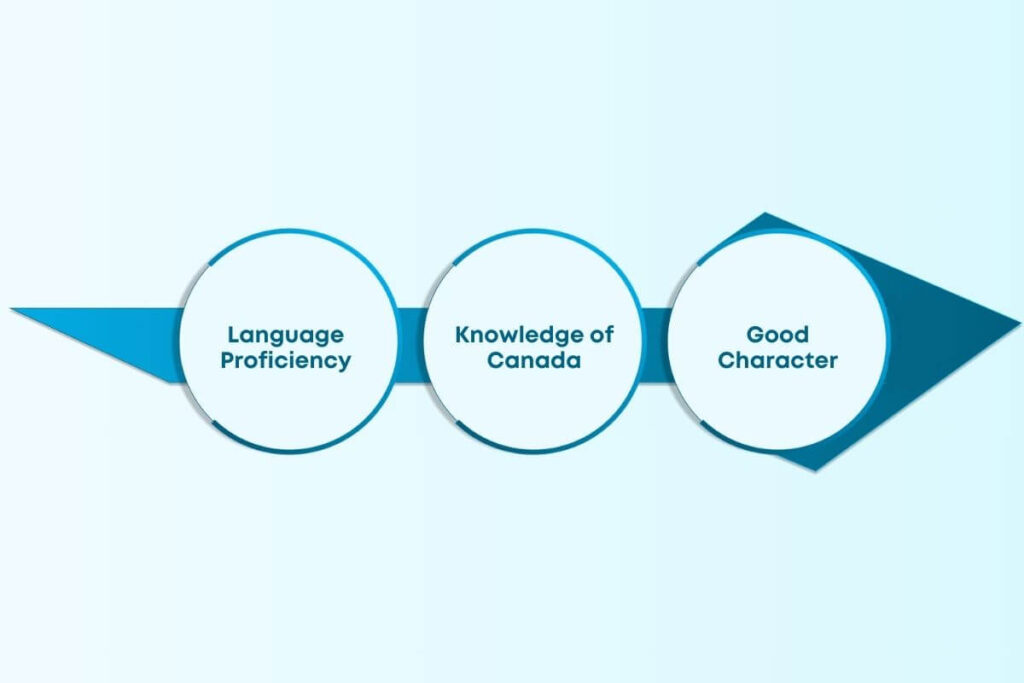
- Language Proficiency: If you're aged 18-54, you must show that you can speak and understand English or French, Canada’s official languages. This can be done through language tests or proof of completing education in these languages.
- Knowledge of Canada: You need to know basic facts about Canada’s history, values, institutions, and symbols. This knowledge is tested in a citizenship exam.
- Good Character: You must not have any serious criminal convictions or be under a removal order.
Applying for citizenship involves submitting an application with proof of language skills, residency, and other required documents. If your application is successful, you will be invited to take the Oath of Citizenship at a ceremony where you officially become a Canadian citizen.
Conclusion
Exploring the process of obtaining a Canada PR visa can be challenging, but understanding the specific pathways and Canada PR requirements is crucial for your success. Make sure your application is complete, accurate, and meets all criteria, such as achieving a minimum CLB level 7 in language proficiency tests like IELTS or CELPIP, and providing sufficient proof of funds to support yourself in Canada.
To maximise your chances, stay informed about the latest immigration policies and timelines to avoid delays and better plan your move. Canada is known for its welcoming environment, diversity, and high standard of living, making it an attractive destination for those seeking a new beginning.
By choosing the right immigration route — whether it’s through Express Entry, Provincial Nominee Programs (PNPs), or family sponsorship — and preparing thoroughly, you can start a new chapter in a country renowned for its quality of life and growth opportunities.
Achieving Canadian PR is a significant milestone that opens doors to new opportunities and a brighter future. If you're ready to take the next step, schedule a free consultation with LeapScholar's expert advisors today!Our team will guide you through every stage, ensuring a smooth and successful application process. Don't wait — start your Canadian adventure with LeapScholar now!
Frequently Asked Questions
-
Q: What are the basic Canada PR requirements?
A: Applicants must meet several key requirements to apply for Canada PR. These include demonstrating language proficiency in English or French, relevant work experience, and a certain education level. Applicants must also show proof of funds to support themselves upon arrival in Canada and submit a complete set of required documents, including police clearance certificates and medical exams.
-
Q: What factors determine Canada PR eligibility?
A: Canada PR eligibility is determined by age, education, work experience, and language skills. The Express Entry system, for example, uses the Comprehensive Ranking System (CRS) to score applicants based on these criteria. A high CRS score increases the chances of receiving an Invitation to Apply (ITA) for PR.
-
Q: How can I apply for Canada PR from India?
A: To apply for Canada PR from India, applicants must first determine which immigration pathway suits their profile, such as Express Entry, PNPs, or Family Sponsorship. They must then gather all necessary documents, including proof of work experience, educational credentials, and language test results. After creating an online profile, applicants are entered into a pool and ranked based on the CRS score.
-
Q: What are the specific Canada PR requirements for Indian applicants?
A: Indian applicants must meet the general Canada PR requirements, such as demonstrating proficiency in English or French through approved tests like IELTS or CELPIP. They must also obtain an Educational Credential Assessment (ECA) to verify their qualifications meet Canadian standards. Proof of funds to support themselves and their families upon arrival is also required. Additionally, all applicants must pass a medical examination and obtain police clearance certificates.
-
Q: What documents are required for Canada PR?
A: Key documents required for Canada PR include a valid passport, language proficiency test results, and proof of education (ECA report). Applicants must also provide proof of work experience, such as employment letters and proof of funds to show financial stability. Additional documents like police clearance certificates and medical examination reports are required to prove good health and character.
-
Q: What are the rules for PR in Canada for international students?
A: International students in Canada can apply for PR through the Canadian Experience Class (CEC) under the Express Entry system. To be eligible, they must have completed at least one year of skilled work experience in Canada and meet language proficiency requirements. They must also hold a valid post-graduation work permit during their employment period. Meeting the Canada PR requirements for students is a key step in transitioning from temporary to permanent residency.
-
Q: What are the fees associated with the Canada PR application?
A: The Canada PR application fee includes a processing fee of INR 82.3K (CAD 1,365) for the principal applicant, INR 51.2K (CAD 850) for a spouse or common-law partner, and INR 13.8K (CAD 230) for each dependent child.
There is also a Right of Permanent Residence Fee (RPRF) of INR 31K (CAD 515), payable upon application approval. Additional costs may include language testing, medical exams, and document translation services. -
Q: How important is language proficiency in meeting Canada PR requirements?
A: Language proficiency is crucial for Canada PR eligibility, as it significantly impacts the CRS score under the Express Entry system. Applicants must take an approved language test, such as IELTS, CELPIP, or TEF, to demonstrate proficiency in English or French. A higher proficiency score can improve eligibility and increase the chances of receiving an ITA.
-
Q: Can students apply for Canada PR while studying?
A: International students can apply for Canada PR while studying, but they generally do so after gaining Canadian work experience through the Post-Graduation Work Permit (PGWP). The PGWP allows them to work in Canada for up to three years, depending on the length of their study program. This work experience is critical for meeting the Canada PR requirements for students, especially under the Canadian Experience Class (CEC) pathway.
-
Q: What are the Canada PR requirements for spouses of international students?
A: Spouses of international students can apply for an open work permit, allowing them to work for any employer in Canada. This experience can contribute to their PR application under the CEC or other immigration streams. They must also meet language proficiency and other criteria similar to the primary applicant's.
-
Q: What are the steps to verify educational credentials for Canada PR?
A: To verify educational credentials, applicants must obtain an Educational Credential Assessment (ECA) from a designated organisation, such as the World Education Services (WES) or the International Qualifications Assessment Service (IQAS). The ECA confirms that the applicant's foreign degree or diploma is equivalent to a Canadian one.
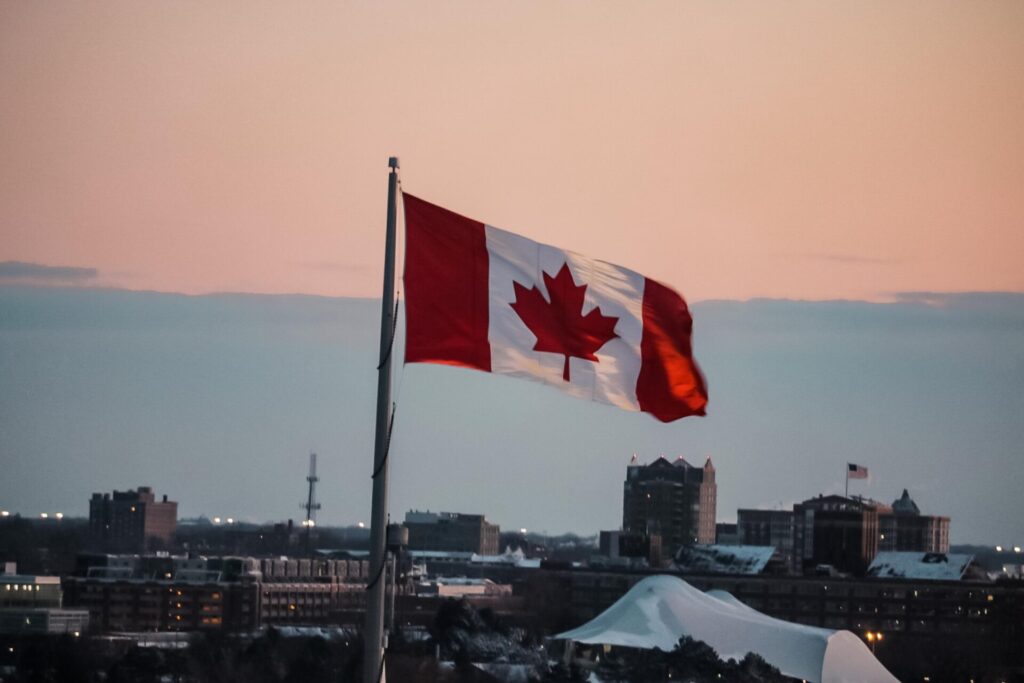


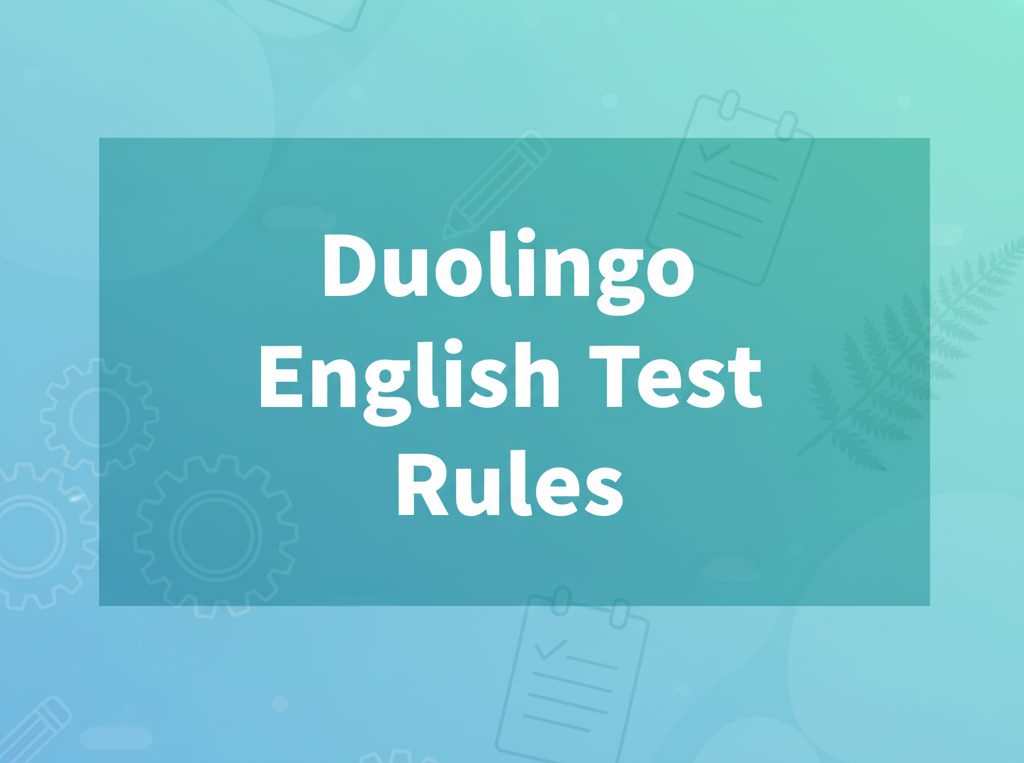
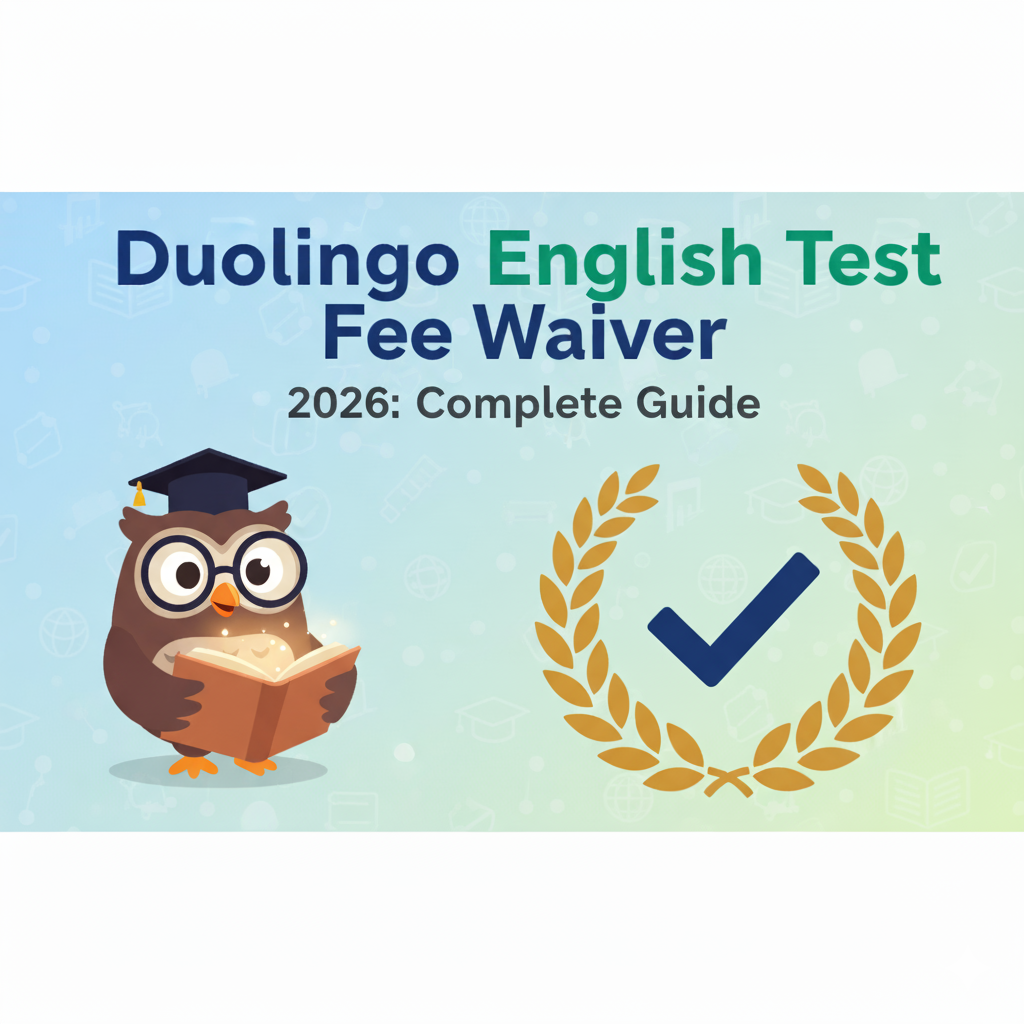
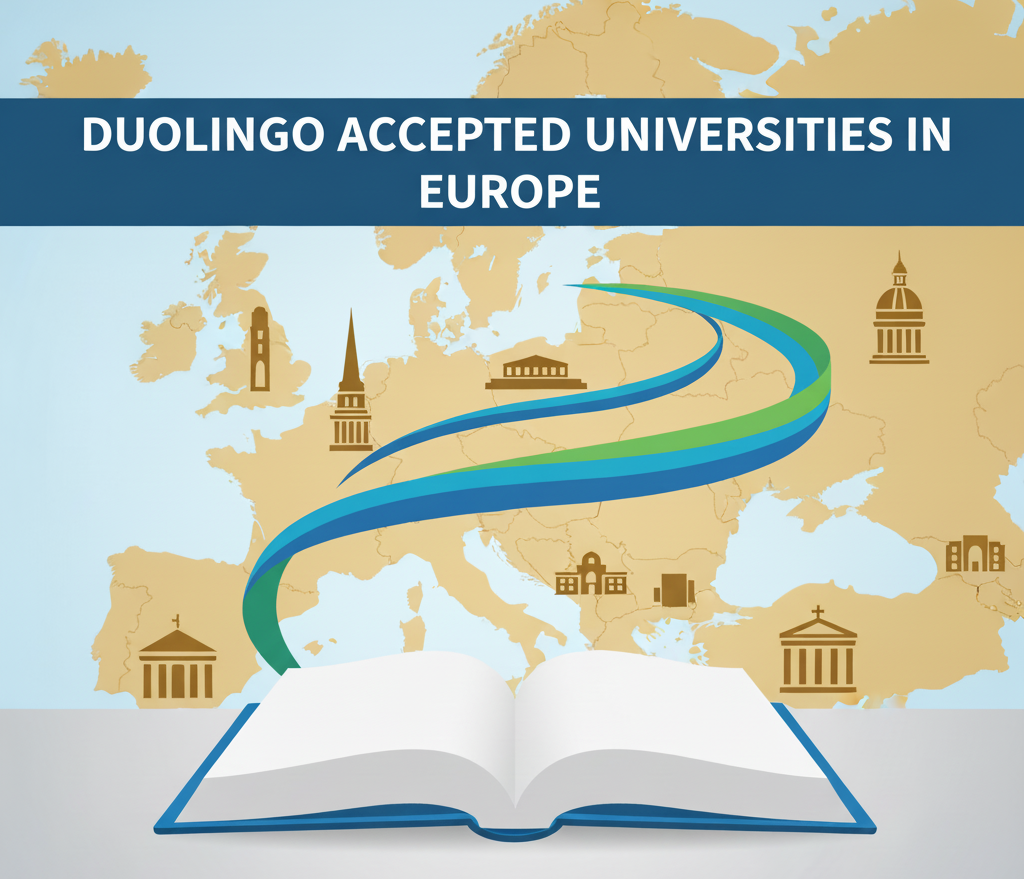
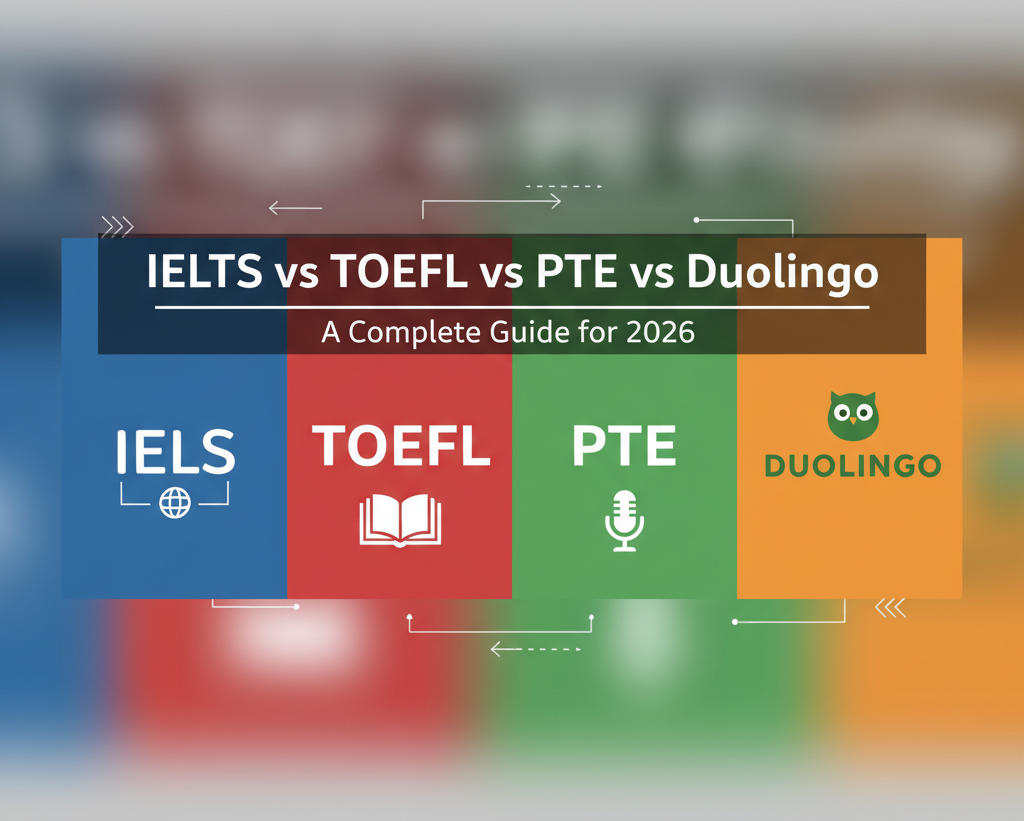
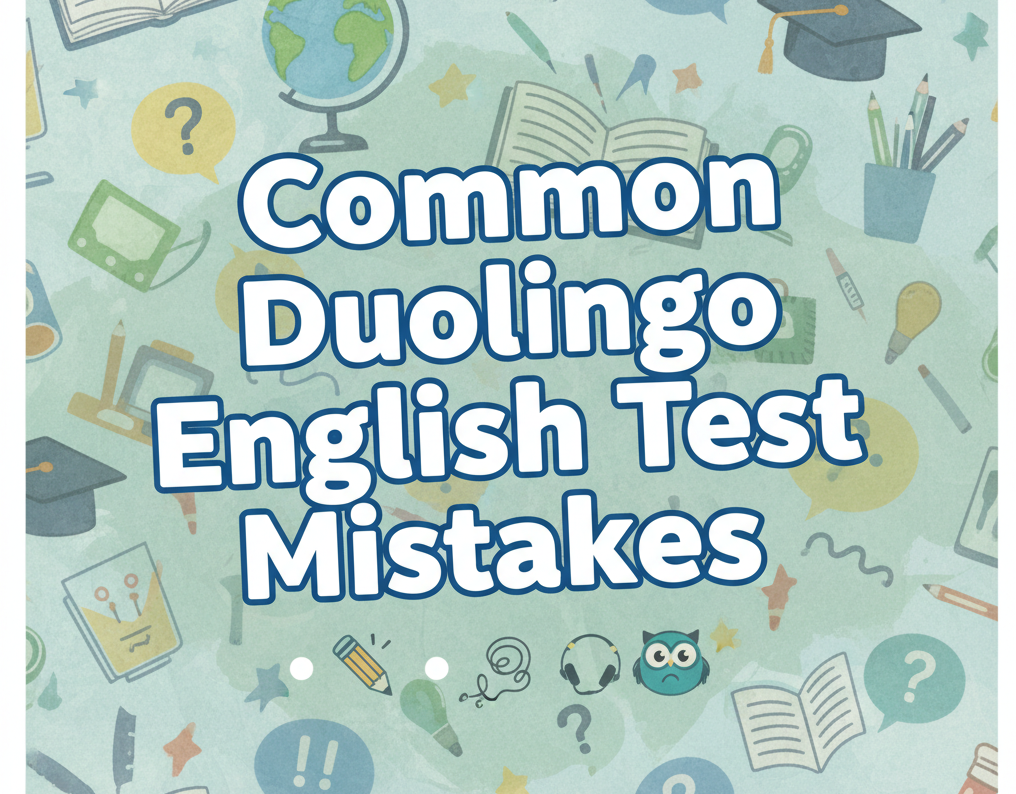

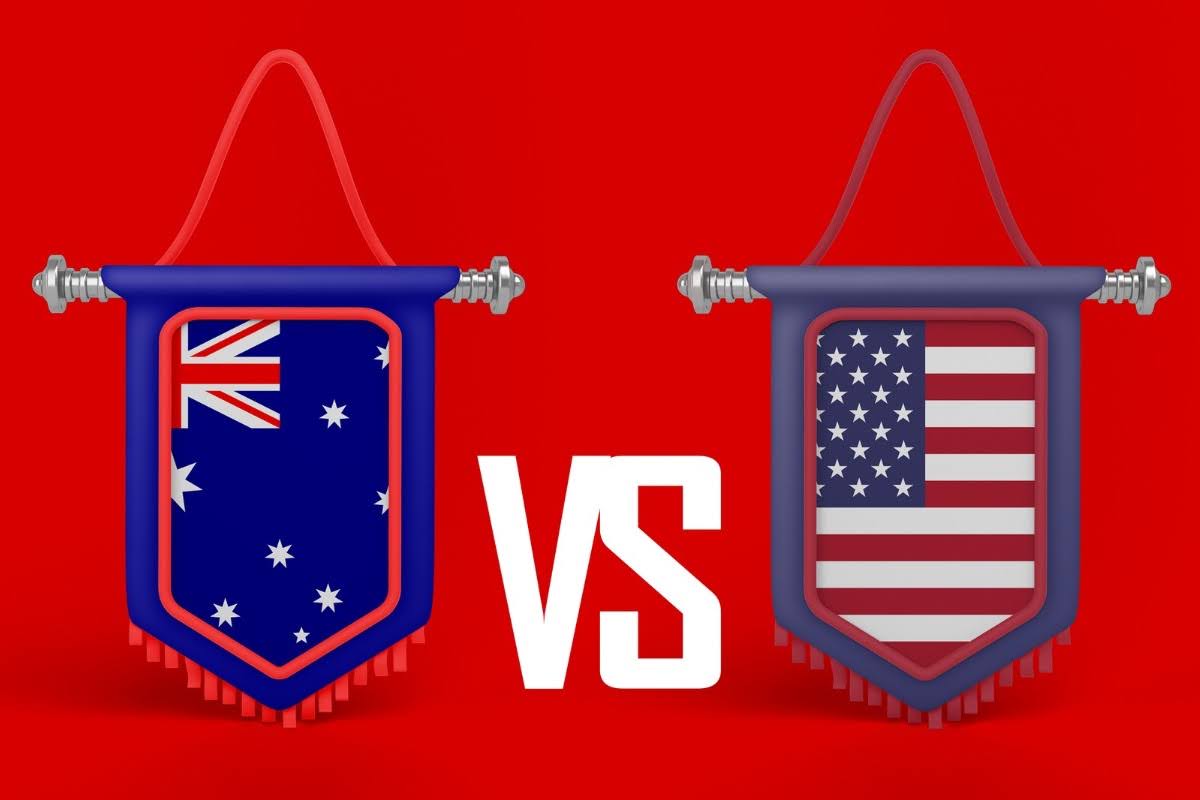






Have Questions? Get Guidance to reach your Dream University
Connect with India's finest counsellors and biggest study abroad community.
Get Guidance